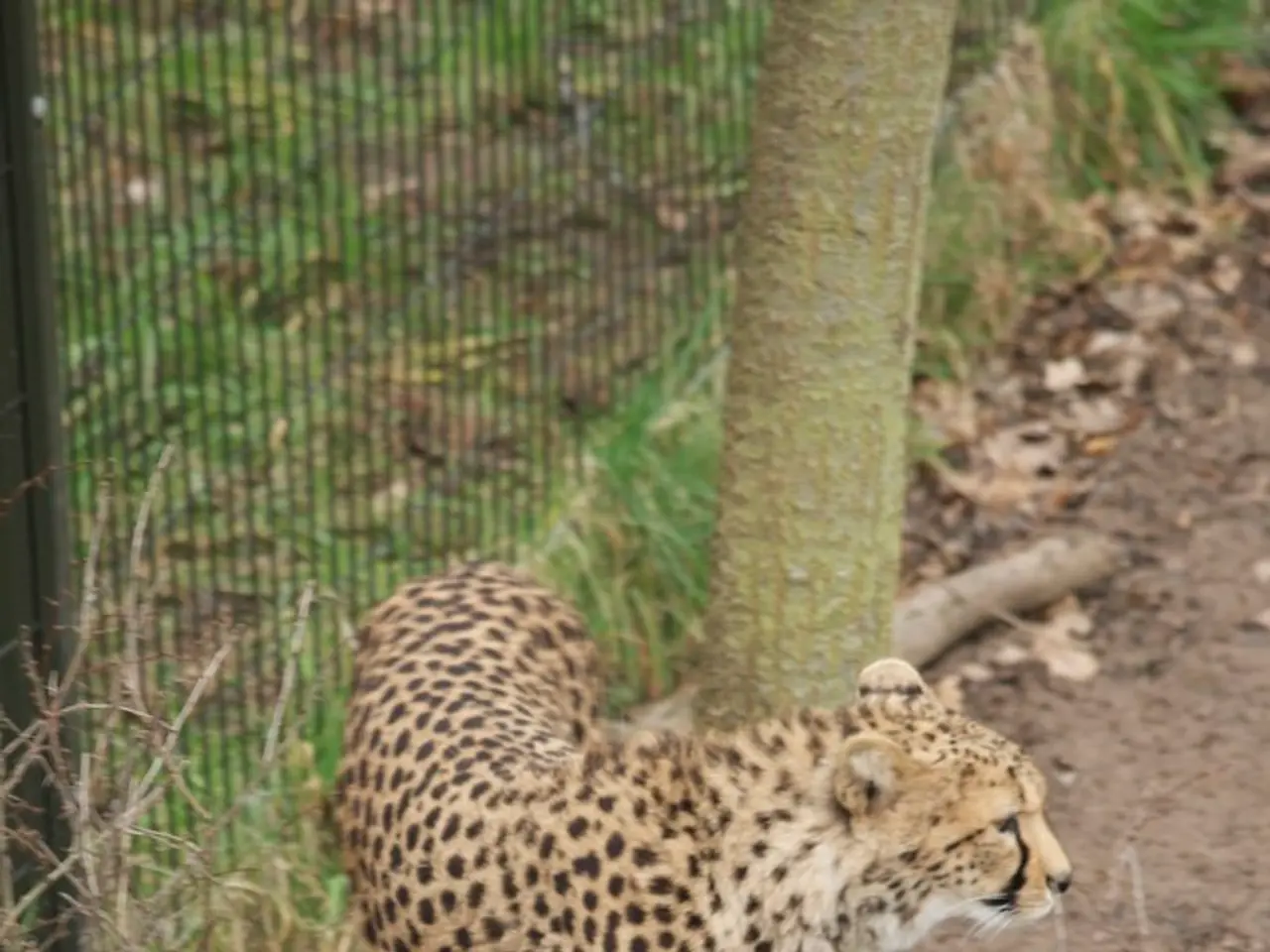Researchers share instructions for crafting mouse-human hybrid embryos
In a groundbreaking development, scientists at the University at Buffalo have published a detailed method for producing millions of mature human cells in a living organism, known as a chimera. This breakthrough, published in the prestigious journal Nature Protocols (DOI: 10.1038/s41596-021-00565-7), could potentially revolutionise the field of medical research.
The method, developed by a team of researchers including Boyang Zhang, PhD; Hanqin Li, PhD; Zhixing Hu, PhD; Houbo Jiang, PhD, from the Department of Biophysics and Physiology in the Jacobs School; Aimee B. Stablewski, co-director of the Gene Targeting and Transgenic Resource of the Roswell Park Comprehensive Care Center; Donald A. Yergeau, PhD; and Brandon J. Marzullo from the Genomics and Bioinformatics Core of UB's New York State Center of Excellence in Bioinformatics and Life Sciences, enables the generation of humanized mouse models containing critical human cells, tissues, or organs.
The protocol, which has garnered significant interest due to its potential implications, involves converting human primed stem cells into an earlier, less developed naive state to co-develop with the inner cell mass in a mouse blastocyst. This allows for the development of human tissues or organs in chimeric animals using blastocyst complementation.
One of the key advantages of this method is that it provides a more realistic picture of embryonic development than ever before. Naive human pluripotent stem cells may generate significant amounts of mature human cells in larger species, offering valuable insights into human development and disease.
Moreover, the stem cells can be manipulated either genetically or pharmacologically, providing a wealth of information about human development and disease. The more realistic animal models have the potential to reveal the mechanisms behind numerous diseases, especially those that afflict individuals from birth.
This development could also potentially address the shortage of organs available for transplant. By generating human organs in chimeric animals, scientists may be able to provide viable alternatives for those in need.
The work was supported by NYSTEM and the Buffalo Blue Sky Initiative. The team's initial publication describing this breakthrough last May was so significant that the publication in Nature Protocols was invited.
A better understanding of how human cells develop and grow in chimeras may enable the generation of human cells, tissues, and organs in a completely artificial system in the future. This could open up a new era in medical research and potentially save countless lives.
Read also:
- Peptide YY (PYY): Exploring its Role in Appetite Suppression, Intestinal Health, and Cognitive Links
- Toddler Health: Rotavirus Signs, Origins, and Potential Complications
- Digestive issues and heart discomfort: Root causes and associated health conditions
- House Infernos: Deadly Hazards Surpassing the Flames








